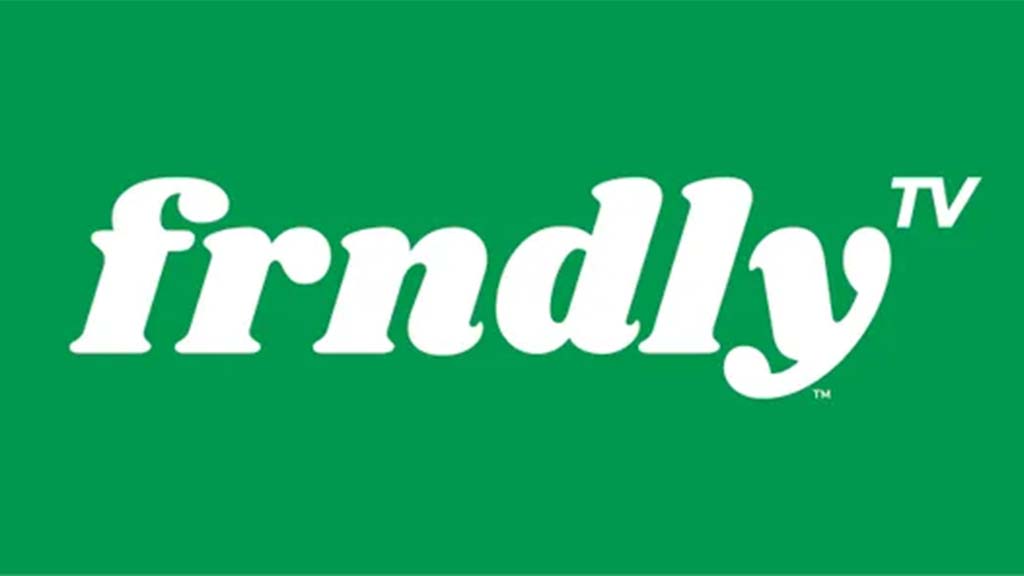CES tries out ultra wideband
Consumer electronics using ultra wideband (UWB) — a powerful new wireless technique rivaling Bluetooth and infrared — staged a demonstration at CES despite the ongoing stalemate over approving a standard.
The prototypes of high-definition television sets, cell phones, laptops and wireless access points using UWB, as it’s more commonly known, should be available commercially by year’s end, CNET reported.
Freescale Semiconductor, formerly a Motorola unit, and chipmaker Intel are backing competing blueprints for UWB that manufacturers will use to ensure compatible products. But neither side’s proposals have gathered enough support from the Institute of Electrical and Electronics Engineers members to be designated the standard. The IEEE subcommittee developing the UWB standard is expected to meet by the end of this month to try it again, but no one is expecting a breakthrough.
Unlike wireless technologies such as Bluetooth, 802.11b and 802.11a, which work in relatively narrow bandwidths, UWB operates over a wide range of frequency bands by sending very narrow and low-power pulses. Because it uses a broader spectrum, lower power and pulsed data, it is capable of delivering wire-level performance, making it suitable for electronics gizmos that require higher data transfer speeds.
At www.edgestream.com, media players that can hold multiple MPEG-4 movies will require 1Gb/s UWB capability to transfer an entire movie in a few seconds.
But the release of products before a standard is clearly defined threatens to litter stores with incompatible products and stall the industry’s development. However, history is strewn with products that debut sometimes years ahead of the standards’ actual approval, according to Diane Orr, a spokeswoman for Freescale, whose UWB silicon is at the heart of the products shown at CES
Get the TV Tech Newsletter
The professional video industry's #1 source for news, trends and product and tech information. Sign up below.
